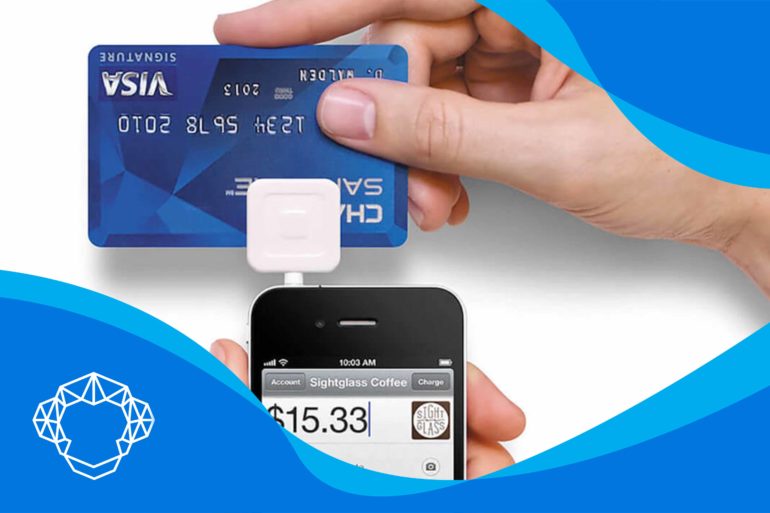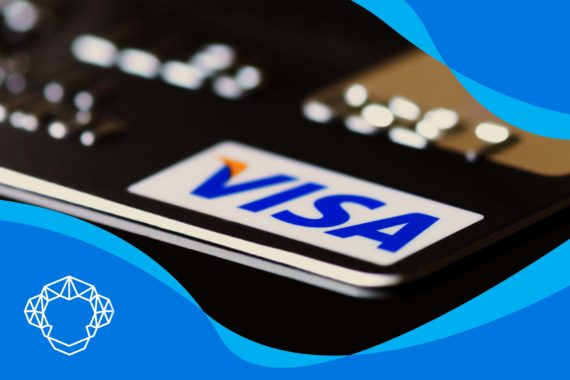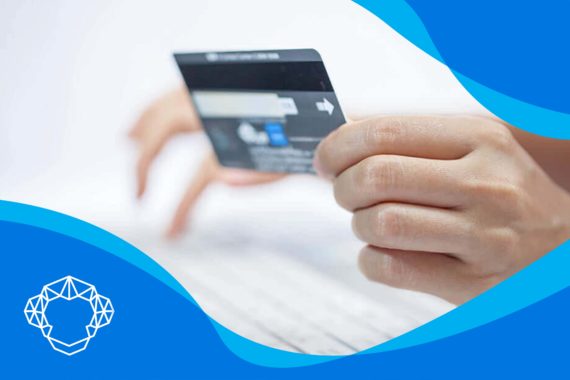Square payment system emerged in early 2009 as a new way to integrate mobile payments with merchant services, with its own fee structure. Square payment fees were the same for all merchants, no matter the transaction volume or the size of the company that uses their services.
However, since November the 1st 2019, the company changed its fee structure, which spelled trouble for all the players on the market. We will try to point out the flaws of this modification and how it could cost you much more money than if you turned to alternative processing service providers.
What Is the Square Payment System Like?
Over the years, Square introduced some innovations to the market that were revolutionary and easy to use. One of them was a plastic dongle that you attach to a mobile phone where the customer inserts the card, and the payment gets processed through the software on the mobile device.
In the meantime, they also implemented other types of POS systems like Square Reader and Square Stand, where you have the possibility to use NFC reading with the latest mobile devices. The whole procedure of using Near Field Communication (NFC) is quite simple:
- The merchant inputs the amount that is to be charged to the POS,
- The customer swipes or dips the card into the device,
- The transaction goes through the POS system to get verified,
- The purchase information goes to the acquiring processor via the Internet.
For these services, they used to charge 2.75% per swipe or 3.75% plus 15 cents for manually typed transactions.
Square Payment Fees In a Nutshell
Square charges different fees for credit card processing services, depending on how you make the transaction. If you use a contactless method, swipe a card, or use a chip card, you pay 2.6% of the transaction plus 10 cents for each sale. For transactions you enter manually, like through a computer or phone (card-not-present), or when you store a card for future use, the fee is higher, at 3.5% plus 15 cents per sale.
If you’re sending invoices, Square charges 2.9% plus 30 cents for each paid invoice for Plus users, and 3.3% plus 30 cents for Free users. These fees are taken out before Square deposits the rest of the money into your bank account.

What Are the New Square Payment Fees?
On November the 1st 2019, Square System announced a new charge structure that will look something like this – 2.65% of the transaction + 10 cents.
Previously, there was no attached fixed amount to the regular swiping, only a fixed percentage (2.75%) of the purchase, no matter how big the purchase was. So how is this different? This way, small merchants with smaller transactions are bound to bleed more money for each transaction, and that is not something anyone should go through if they don’t have to. This change goes into effect immediately for all new merchants that sign up with this company.
Why Is the Square Payment System Starting to Look Bad?
It is not usual for credit card processing companies to change the whole fee structure after a long period of doing business one way. The reasons why most of their customers chose them are the competitive fee rates, all-in-one solution, security, and functionality. That is why changing the fee rates all of a sudden may lead a lot of small business owners to look for other options, but that will come at a price.
Since a credit card processing company stores all the data of your customers and loyalty programs, you are going to lose years and years of your own labor in building a vast customer data network if you switch to another provider. The main point here is, that if they did once, they are more likely to do it again in the future, and that is why small business owners cannot be sure if they should confide in this company for the long term.
How Does Square Make Money?
This company is making a staggering profit of more than $850 million annually. This is not a small matter, and not all of it is made through the percentage that they charge from merchants who use their services. The company founded by Twitter’s CEO Jack Dorsey also makes a significant portion of its revenue thanks to partnerships with big companies like Starbucks, but that particular partnership dissolved.
What may seem as unfair is that big partners of this company won’t be affected by the change in fee structure. They usually have a better deal than the other merchants doing business with this processor.

How Do Square’s Processing Rates Affect Small Business Owners?
Square’s raise in taxes will affect most businesses that have a high volume of sales with low average ticket prices. For example, if your average ticket price is $5, you can expect to pay $0.09 more than you would with the previous charge structure.
- Old fee:$5 x 2.75% = $0.14 charge per purchase,
- New fee:$5 x 2.6% + $0.10 = $0.23 per purchase.
With this structure, some small businesses can pay up to $999 more than they did with a fixed percentage per purchase. The other problem may be that merchants that used this company as their MSP (merchant services provider) for years and built up an extensive loyalty network will lose all the data and the network if they opt for the services of other MSPs. All the data of the network belongs to the Square System. This creates unfair dependence since the vendors will actually lose valuable data if they want to switch to more favorable processing services.
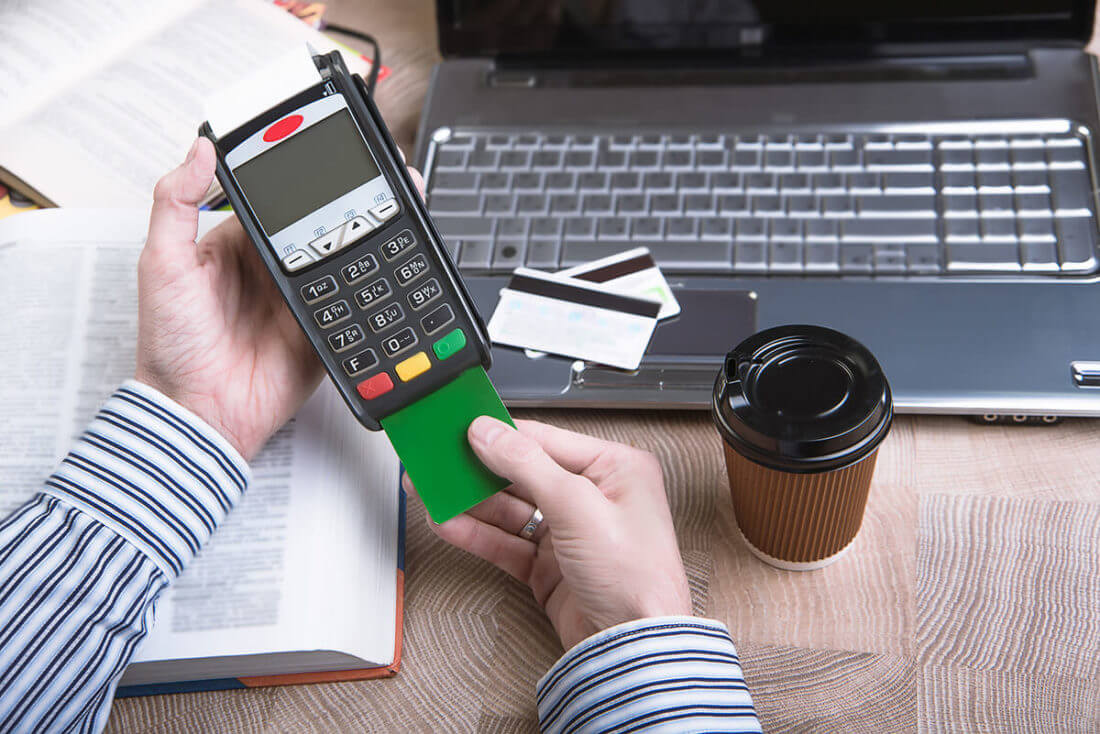
What Do You Need for Secure Mobile Payment Transactions?
Besides the POS or attachable device for the android device, you have to have software that is compatible with your device and your MSP. This is where they often come short. Most of the time, if you want to use their services or their POS or dongle, you have to use their payment and accounting software. Also, if you want to use their software, you would have to use their POS since it doesn’t integrate well with other devices.
This makes them a very dependable, all-inclusive package. While this might have been a great solution earlier, with the new charge system, most merchants may consider applying for other MSP services but keeping their POS since it is convenient. Because of the dependency, this would create a problem.
What Are Your Month-To-Month Fees If You Accept Mobile or Card Payments?
Your expenses fall into two categories – negotiable and non-negotiable. Non-negotiable fees, as their own name says, stay what they are, no matter the MSP you choose. Some of those fees are interchange charges that you pay to card brands and issuing banks. Negotiable fees are markup charges and they can make or break the deal with your processor. It is in your best interest to choose a provider with the lowest charge structure.

What Are Your Alternatives?
When considering alternatives for processing your business transactions, it’s essential to explore options beyond traditional merchant service providers. Each alternative comes with its own set of benefits, fees, and features, tailored to different business needs and transaction volumes. Here’s a look at some popular choices
PayPal – Immediate Funds Accessibility
PayPal is still sticking to its fixed rate of 2.7% for all transactions. There is a perk of having to buy Payments Pro Package if you want to use Virtual Terminal POS and it is $30 per month. One of the main advantages of PayPal is that your funds are transferred immediately to your PayPal account when your customer pays, while with most of the other providers, you have to wait a day or two for the funds to go through third party banks and then land on your merchant account. With PayPal, you can also accept checks for electronic transfers and generate and send electronic invoices.
One of the most important advantages of PayPal is that if you have a PayPal merchant account, you can also have your money on that account within minutes of the transaction. On the other hand, if you want to transfer funds from PayPal to your business bank account, that can take a few days, just like with all the other providers.
Intuit Is Tailored for Small Businesses with Frequent Low-Amount Transactions
Intuit may not be the popular or the first choice on the list, but it may be the best solution for small businesses that have a greater number of lower-amount charges per month. For Intuit, the charges go 2.75% per swipe or 3.75% plus $0.15 for manually keyed-in transactions. The option that is beneficial for small businesses is the former one.
All the fees for the tickets that are less than $60 will cost you less with Intuit than with Paypal. There is a premium package where you can get an even lower percentage and a fixed rate. If you pay a $12.95 fixed monthly premium charge, your percentage will drop to 1.75% for swiped transactions. This is the best option if you make a lot of low rate tickets per month.
EMS Is a Veteran in the Field with Competitive Swipe Rates
It is one of the oldest MSPs on the market, with years of experience. They offer a 2.25% rate for every swiped mobile purchase, while you will pay 3.5% plus $0.15 for every manually keyed-in transaction. Most of the merchant service providers have a similar rate for manual card transactions, and EMS is no exception. Its advantage lies in the lower swipe charge rate.

How to Choose the Best Pricing Model?
For many MSPs, you have the option of paying a one-off monthly charge, which will lower the percentage charge from each purchase. These monthly fees vary, and so does the reduction in the percentage charge per transaction. In the long run, this may be a smart choice if you are handling many smaller transactions, cause it will pay off at the end of the month. On the other hand, if you are not dealing with many credit cards or online or mobile payments, the better solution for you might be to stick with the basic services.
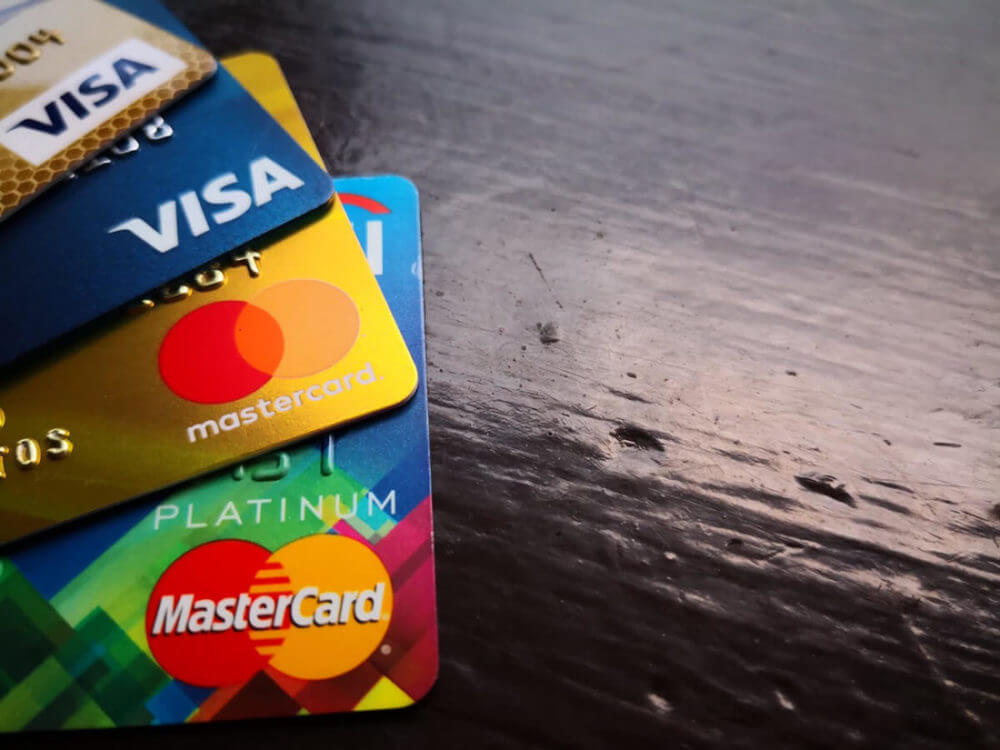
Embracing the Future with Merchant Chimp
Choosing a reliable provider is more important than ever in today’s dynamic payment processing landscape. When compared to other MSPs, Merchant Chimp stands out due to its affordable charges, integration with the Clover point-of-sale system, and promise to save businesses processing expenses of up to 50%. Not only does Merchant Chimp find possible savings by comparing your existing charges to their model, but we also provide a customized solution that meets your specific business needs.
The objective is to discover a solution that provides operational productivity while also offering financial efficiency. Merchant Chimp is more than a payment processor – we are an ally in the fight for the expansion and prosperity of your company. Find out how Merchant Chimp can improve your business’s bottom line by revolutionizing the way you handle payments. Get in touch with us right away if you’re looking for a business payment solution and a discount program.

